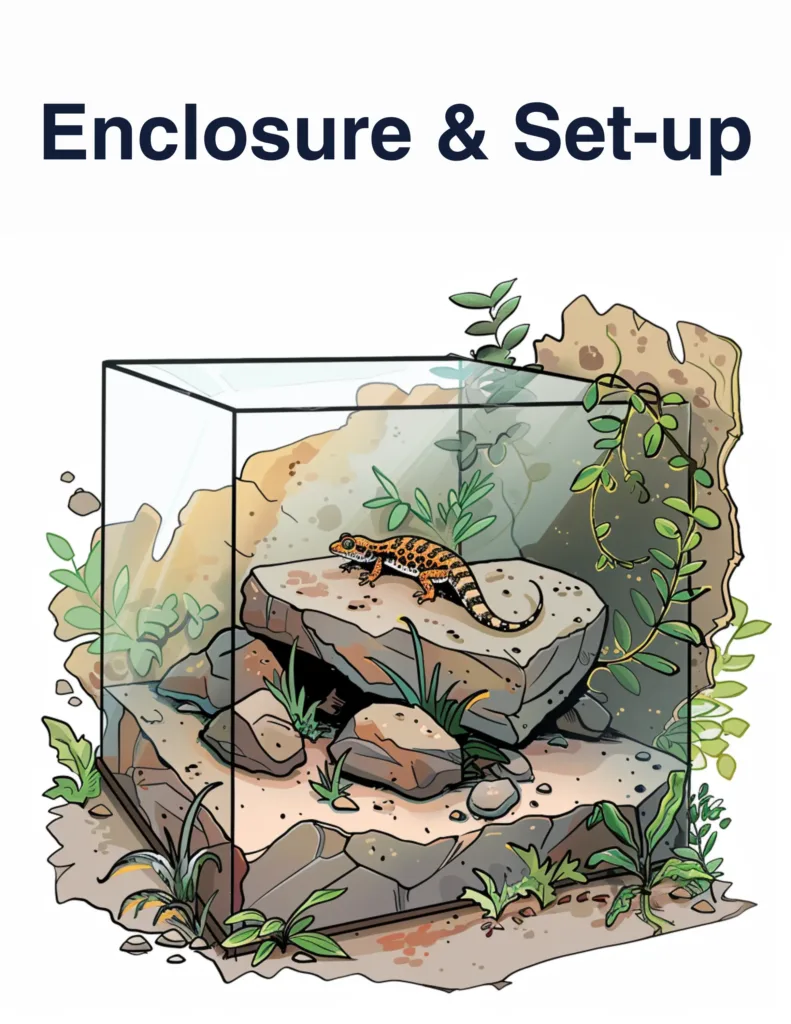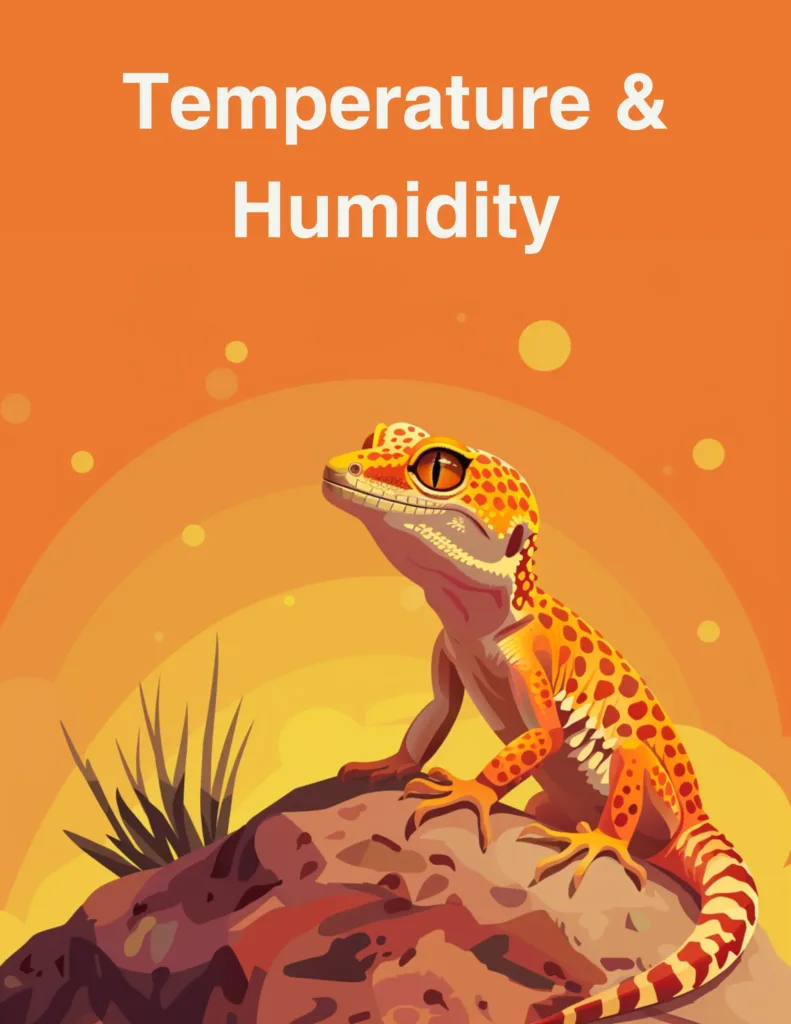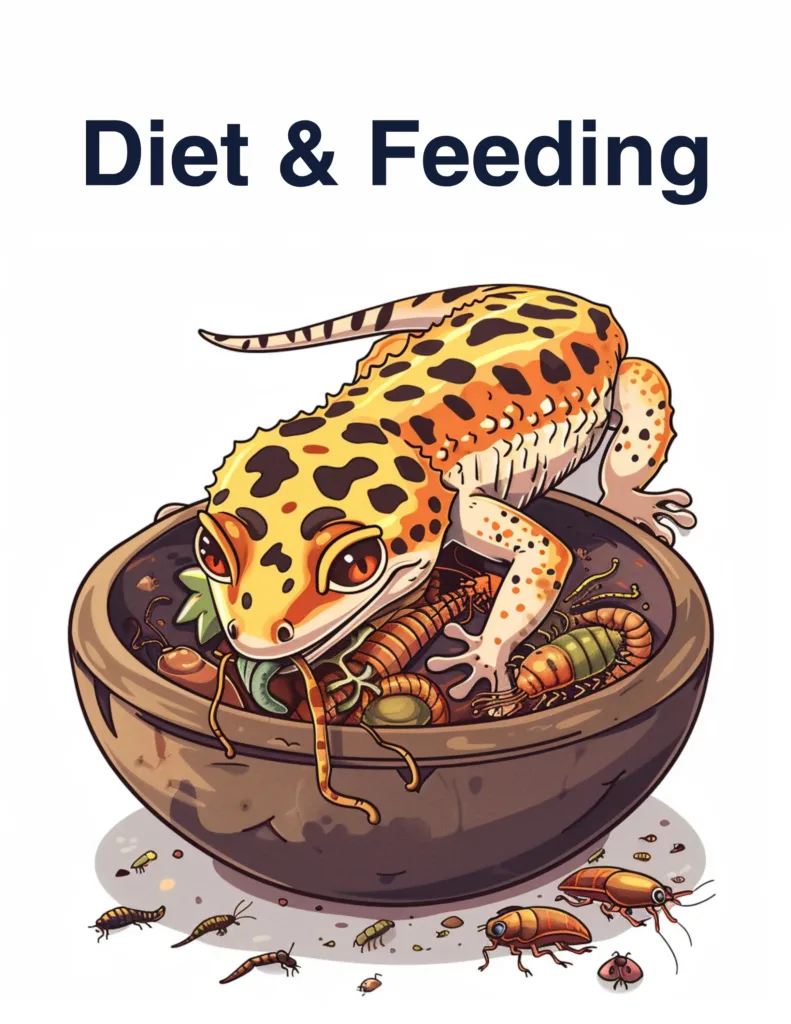ReptiBites.com
Leopard Gecko
Your Essential Guide
The basics
Leopard Geckos differ from many other pets in that they are essentially identical to their wild counterparts. This means when we take one home, we have to do our best to replicate their wild habit through the care we provide.
This can be challenging and complex. With access to the right resources and knowledge, the experience of taking proper care for your pet will be made more simple and more rewarding. The resources published here will help you do just that. Responsible pet care made simple.
Leopard Geckos are native to to large portions of modern day Pakistan where the environment is mostly made up of rocky countryside and scrubby vegetation. They can commonly be found hunting in grassy areas or bushes and spend much of their time under rocks, in crevasses, or other confined spaces.
They are primarily nocturnal, although they can be found out occasionally during the day. Temperatures in one of their core ranges vary throughout the year from 71 F to 113F. They are primarily insectivorous opportunistic hunters and as a result they eat a wide variety of prey items from beetles and caterpillars, to baby rodents and other geckos.
Like all animals, leopard geckos are intensely adapted to the habitats they call home. If we fail to match their wild/care needs we are seriously risking the well-being of our pets.
How well would a human do if they were stuck in a small closet that was as cold as Antartica all the time? While this is an extreme example, this same concept applies to your pet. If you fail to get things right, they will be seriously out of their element.
We group the core care principles into the following categories:
- Enclosure Size
- Temperature & Humidity
- Light
- Enclosure Elements (such as hides and substrate)
- Diet
- Common Health Issues (so we can avoid them!)
- Upkeep and check-ins
"Ultimately, evidence-based research is key to increasing our understanding of the nutritional [and other] needs of reptiles."
Mark Mitchell, DVM, PHD - Author of over 800 book chapters Tweet

Science and Accuracy Matter
We’re not self proclaimed experts. Everything here is cited and attributed to well educated and experienced researchers, vets, and non-profits. Don’t trust any site that does it differently. They’ll almost always packed full of bad info.



